According to many paleontologists and scientists, bats have been around for millions of years, even before humans inhabited the planet, and are some of the most fascinating creatures in the world. Although bats don’t have a great reputation in terms of public perception, they are actually really cool creatures. Curious about what makes them so cool? Check out these 25 Incredible Facts About Bats You Probably Didn’t Know.

The scientific name for bats, Chiroptera, is from the Greek cheir (hand) + pteron (wing), or “hand wing.”
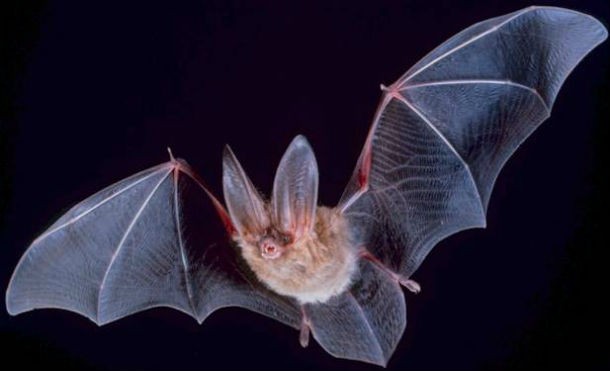 Source: ucmp.berkeley.edu, Image: Wikimedia commons (public domain)
Source: ucmp.berkeley.edu, Image: Wikimedia commons (public domain) The word “bat” appeared in 1570 from the Middle English bakke, which is related to the Old Swedish natbakka and the Old Danish nathbakkae, or “night bat,” and Old Norse leđrblaka, or “leather flapper.”
 Source: defenders.org/bats, Image: Pixabay (public domain)
Source: defenders.org/bats, Image: Pixabay (public domain) In 600 BCE, Greek legendary fabulist, Aesop, told a fable about a bat that borrowed money to start a business. The business failed, and the bat had to hide during the day to avoid those it owed money to. According to Aesop, this is why bats come out only at night.
 Source: greekmyths-greekmythology.com
Source: greekmyths-greekmythology.com Bats are divided into two main groups: megabats, large bats that feed pretty much on fruits, and microbats, which eat insects, frogs, blood, fish, lizards, and birds.
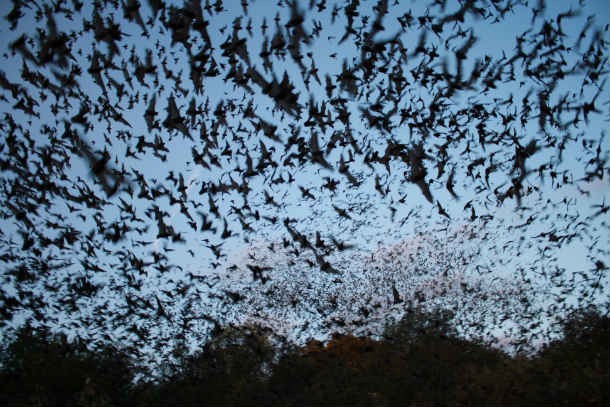 Source: defenders.org/bats
Source: defenders.org/bats The bats that feed on frogs can tell the difference between safe and poisonous ones by listening to the male frog’s call.
 Source: defenders.org/bats
Source: defenders.org/bats Scientists believe that bats first appeared 65-100 million years ago, the same time as the dinosaurs. The earliest-known megabats lived thirty-five million years ago. Many scientists believe megabats may be more closely related to primates (including humans) than to microbats.
 Source: defenders.org/bats
Source: defenders.org/bats In China and Japan, bats are symbols of happiness. In Chinese, the words for “bat” and “good fortune” are both pronounced “fu.”
 Source: defenders.org/bats, Image: Pixabay.com (public domain)
Source: defenders.org/bats, Image: Pixabay.com (public domain) Bat wings are made of finger bones covered by thin layers of skin. The wing membranes make up about ninety-five percent of its body surface area. A bat’s wing membrane helps it regulate body temperature, blood pressure, water balance, and gas exchange.
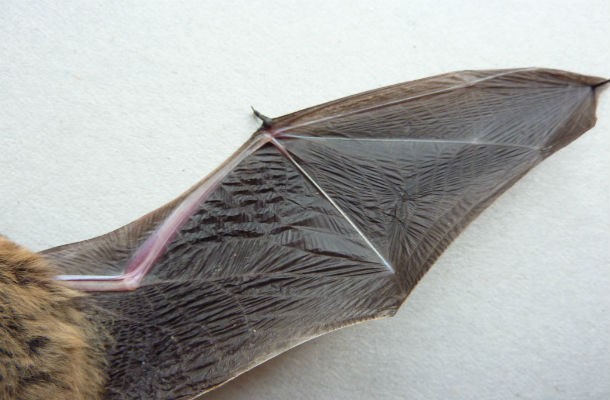 Source: defenders.org/bats
Source: defenders.org/bats Bats are the only mammals that can fly. The difference between bats and “flying squirrels” (another mammal that people wrongly believe can fly) is that bats can actively control how they fly, whereas “flying squirrels” can only glide.
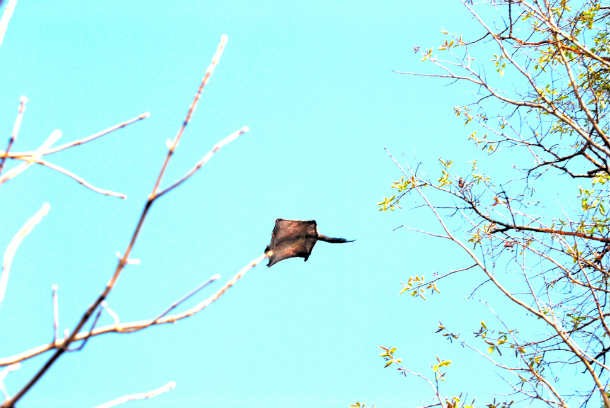 Source: defenders.org/bats
Source: defenders.org/bats Unlike birds, which flap their whole forelimbs, bats flap their spread-out digits.
 Source: defenders.org/bats, Image: Pexels.com (public domain)
Source: defenders.org/bats, Image: Pexels.com (public domain) Scientists have been able to use the anticoagulation agent in vampire bat spit to treat stroke victims and heart patients.
 Source: defenders.org/bats
Source: defenders.org/bats Contrary to popular belief, bats are not blind. Many bats can see quite well and some species can even detect ultraviolet light.
 Source: defenders.org/bats
Source: defenders.org/bats But if their sight doesn’t impress you enough, another interesting fact about bats is that they can hear frequencies between 20 Hz and 120,000 Hz. To put this in perspective, humans can only hear between 20 Hz and 20,000 Hz; dogs can hear between 40 Hz and 60,000 Hz.
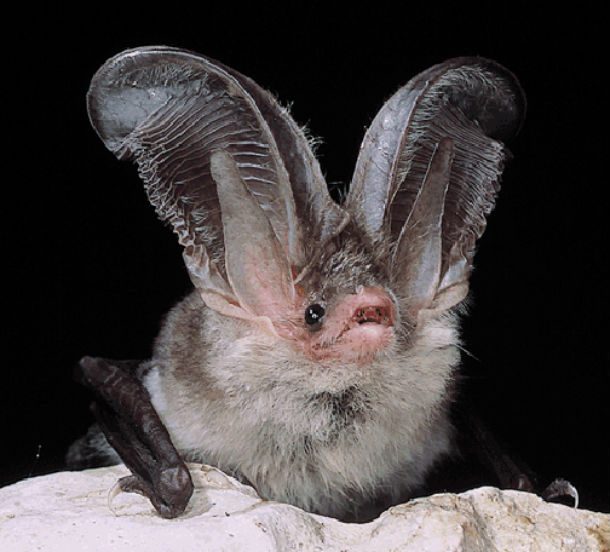 Source: defenders.org/bats
Source: defenders.org/bats Bats are the slowest-reproducing mammals in the world for their size, and pregnancy is longer in bats than in other animals their size.
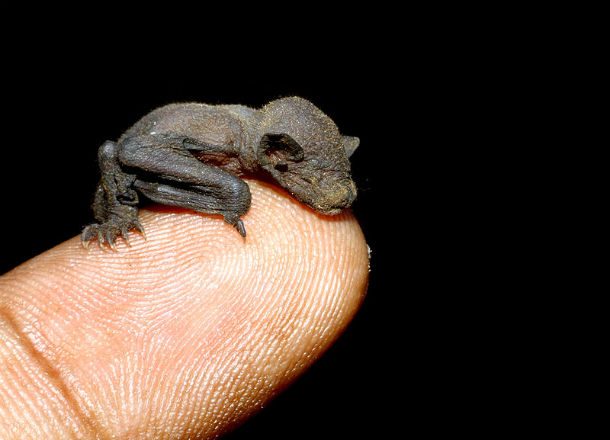 Source: defenders.org/bats
Source: defenders.org/bats Approximately seventy percent of bats eat insects. To get an idea how much they love insects, an average bat can eat more than six hundred bugs in an hour, which is like an ordinary human eating something like twenty pizzas a night.
 Source: defenders.org/bats
Source: defenders.org/bats The story of Dracula originated in Eastern Europe; however, real vampire bats are found only in Central and South America.
 Source: defenders.org/bats
Source: defenders.org/bats Bats live on every continent but Antarctica. They are found as far north as the Arctic Circle and as far south as Argentina and the southernmost tip of South Africa.
 Source: defenders.org/bats
Source: defenders.org/bats Vampire bats are the only mammals that live entirely on blood. No wonder they call them vampires.
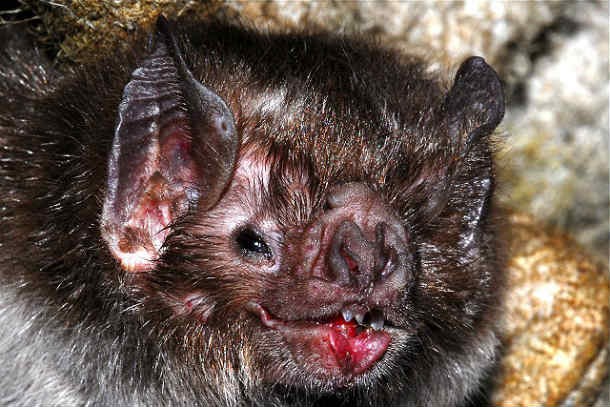 Source: defenders.org/bats
Source: defenders.org/bats Contrary to popular belief, vampire bats do not really “suck” blood. Instead, they typically “lap” up two teaspoons a night with their tongues. The blood moves through the bat’s mouth in two channels under its tongue. Its body uses only red blood cells, and within two minutes of starting to eat, the bat’s body rids itself of blood plasma in the form of urine.
 Source: defenders.org/bats
Source: defenders.org/bats Vampire bats have to drink as much as their own weight in blood every day. To give you an idea of how much that is, a human vampire like Dracula would have to drink the blood of a whole table full of guests every night just to stay alive.
 Source: livescience.com, Image: Pixabay.com (public domain)
Source: livescience.com, Image: Pixabay.com (public domain) The world’s largest bat is the giant golden-crowned flying fox, a rare fruit bat. It has a wingspan of five to six feet.
 Source: defenders.org/bats
Source: defenders.org/bats The Bracken Bat Cave in Texas is the largest bat colony in the world. Over twenty million bats live in there, which is about twice as many bats than the number of people living in New York—one of the world’s most populated cities.
 Source: batcon.org
Source: batcon.org A poll by the television channel Animal Planet listed vampire bats as the third-most feared animal, right after wolves and gorillas and just ahead of piranhas.
 Source: Animal Planet Live, Image: Wikipedia (public domain)
Source: Animal Planet Live, Image: Wikipedia (public domain) The mouse-eared bat has a heartbeat as low as eighteen beats per minute during hibernation, compared to 880 when it is active.
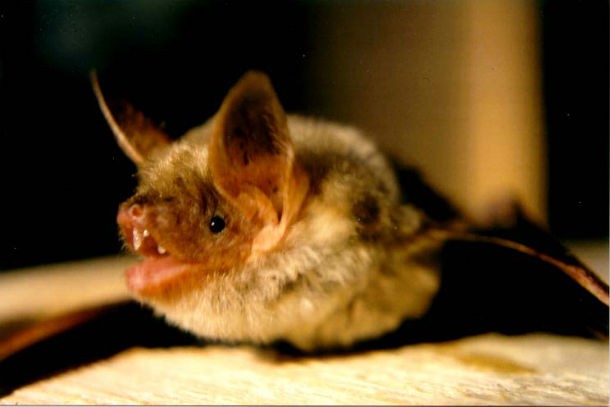 Source: defenders.org/bats
Source: defenders.org/bats Most of us assume animals, especially mammals only live up to 10-15 years. However, some species can live up to 30 years in the wild.
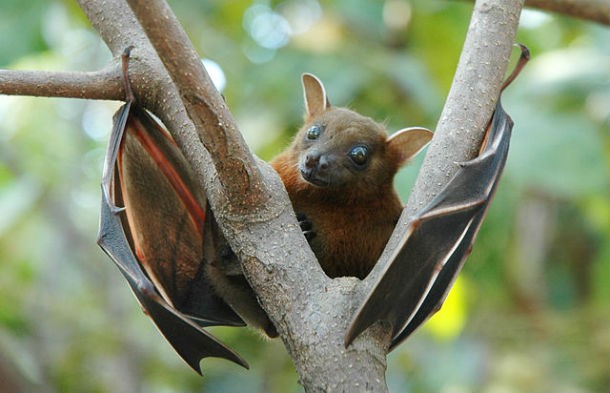 Source: defenders.org/bats
Source: defenders.org/bats Lists Going Viral Right Now
Photos: 23. user:shakko, Aesop pushkin01, CC BY-SA 3.0, 22. U.S. Fish and Wildlife Service Headquarters, Mexican free-tailed bats exiting Bracken Bat Cave (8006832787), CC BY 2.0, 21. Brian Gratwicke, Atelopus zeteki1, CC BY 2.0, 20. Scott Kinmartin via flickr, CC BY 2.0, 18. © Salix / Wikimedia Commons / CC BY-SA 3.0, Bat-wing underside, CC BY-SA 3.0, 17. Pratikppf at en.wikipedia, Gliding flying squirrel, CC BY-SA 3.0, 15. Patrick J. Lynch, medical illustrator, Heart anterior exterior view, CC BY 2.5, 14. Ben Churchill via flickr, CC BY 2.0, 13. Mauro Mucedda, Plecotus-sardus, CC BY 3.0, 12. Anton Croos, Newborn of Lesser short-nosed fruit bat, CC BY-SA 4.0, 11. US department of agriculture via flickr, CC BY 2.0, 10. Alejandro Lunadei, Gianni Lunadei interpretando al Conde Drácula, CC BY-SA 3.0, 9. Vincent van Zeijst, Antarctica (7), Laubeuf Fjord, Webb Island, CC BY-SA 3.0, 8. Desmodus, Desmodusrotundus, CC BY-SA 3.0, 7. Crystal (Crystl) from Bloomington, USA, Bleeding finger, CC BY 2.0, 5. Gregg Yan, Acerodon jubatus by Gregg Yan, CC BY-SA 3.0, 4. Daniel Spiess, Bracken Cave Bats, CC BY-SA 2.0, 2. Urheber: Manuel Werner, Germany, Wikipedia-Kontakt: http://de.wikipedia.org/wiki/Benutzer:Werner,_Deutschland, Myotis, CC BY-SA 3.0, Feature image & 1. Anton 17 (Anton Croos), Lesser short-nosed fruit bat (Cynopterus brachyotis), CC BY-SA 4.0



























